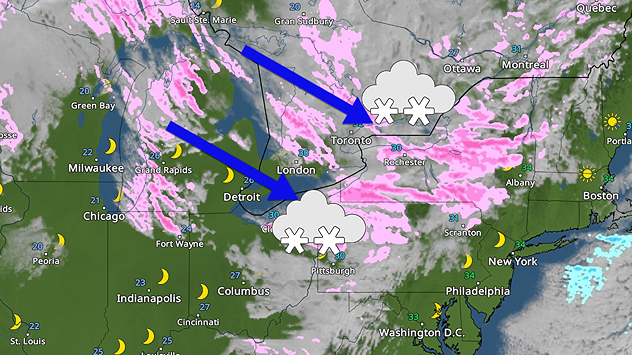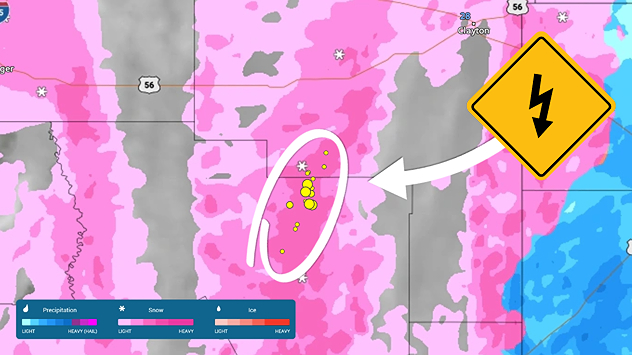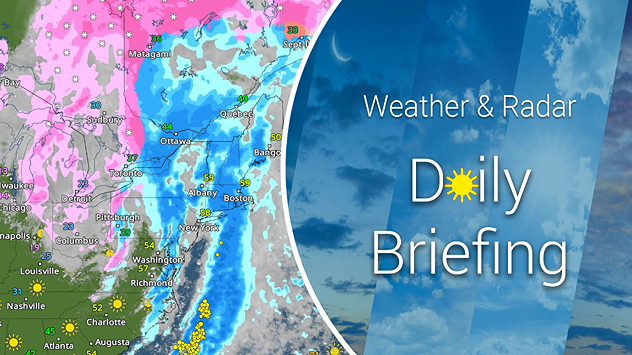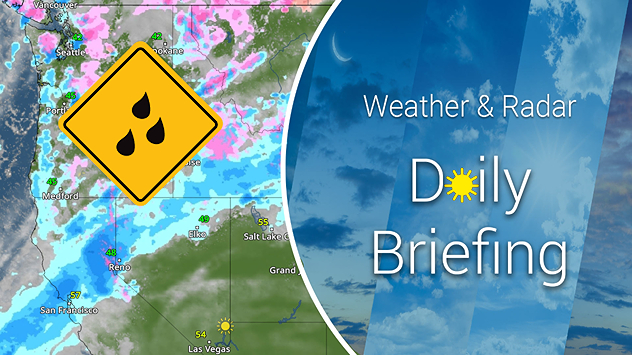March astronomy outlookPenumbral lunar eclipse to end the month

| Date | Event |
|---|---|
| March 10 | New Moon |
| March 20 | Spring equinox |
| March 24 | Mercury at Eastern Elongation |
| March 25 | Full Moon (Worm Moon) |
| March 25 | Penumbral Lunar Eclipse |





